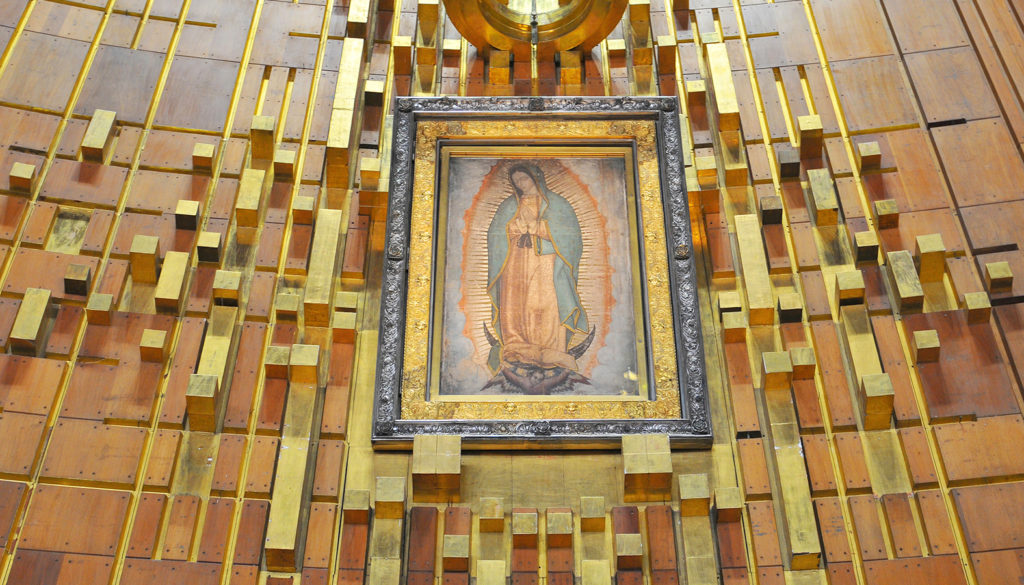Google’s recent foray into using artificial intelligence (AI) has shown us that AI is not only something to worry about in the future, but it has the ability to be a problem in the past.
Gemini AI image-generating tech produced images of an African American George Washington and a Chinese female member of the Waffen SS. Whether AI was just having a bad day — it happens to all of us — or whether it was intentional manipulation by someone behind the curtain at Google, the result is the same: confusing and bad history.
I would heartily endorse avoiding AI or any online historical source for your history, and recommend staying with books written by experts in their field. But a recent read of “Not Stolen: The Truth About European Colonialism in the New World” (Bombardier Books, $20.70), written by Jeff Flynn-Paul, proves that even an educated source can struggle with historical misrepresentations almost as glaring as an Asian woman wearing a steel helmet and the skull-and-crossbones insignia of a German SS officer.
Though “Not Stolen” is history for amateurs like me, it is nonetheless filled with hundreds of footnotes and other academic bona fides that would make me trust the information found within.
The theme of the book is a response to the past couple of decades of historical scholarship which has painted Western Civilization, especially as it encountered the New World, with an overly broad and not-too-flattering brush. And as one cannot talk about such things without including the engine that drove so much of that civilization, namely the Church, I was interested.
Things were going fine, I was learning things I did not know, and through some of the footnotes included, I gathered good leads to go deeper into assorted topics. I was most interested in how Flynn-Paul, a professor of history from a prestigious American university, would treat the Spanish friars who came to evangelize the native inhabitants.
With multiple statutes of St. Junípero Serra wandering like refugees these days, the general consensus of our popular culture is that the priests who came to the New World did so to oppress the native inhabitants and destroy their culture. True history does not always fit in convenient boxes and proves to be a lot more complicated than people would like. Grasping the ramifications of two distinct and extremely different civilizations coming into contact with each other for the first time cannot be understood via sound bites. I thought the author was fair, and the Church is not the “bad guy” in this book.
Flynn-Paul also takes issue with how the Spanish in general, via the forward-thinking rules laid down by Queen Isabella of Spain, paved the way for so much intermarriage and cross-pollination of Mexican and Spanish culture.
But one of these examples in the book first made me curious and then stupefied me. The author describes a painting from the Mexican colonial era that celebrates mixed-race couples. The painting reinforces Flynn-Paul’s premise that though there was plenty of mistreatment of Native populations, there was also a meaningful mixing of cultures. He further claims that this work of art gives an imprimatur to the new cultural reality by the presence of the Virgin Mary. “In one painting, the Virgin Mary stands over all the mixed-race couples as a vulvic symbol of the Mother of All. She even has a baby peeking out from under her skirts. …”
This sounded like a sweet example of primitive art, but the real image left me dumbfounded when I turned the page. The Virgin Mary referenced by Flynn-Paul, mind you, was Our Lady of Guadalupe. That “baby” peeking out was an angel, with rich symbolic meaning for the Aztecs.
Her “skirt” was the tilma, with many more powerful symbols, both theological and political, that the author left out of his description.
How could a historian not know this? How could his editor not know this? How could a $20-an-hour proofreader not know this?
The Church herself does not insist that anyone believe any apparition of Our Lady in any of the various places throughout the world. But for a historian, in a heavily researched book, to not understand the historical, theological, and cultural importance of the image of Our Lady of Guadalupe is historical malpractice.
I guess my next stop on my quest for reliable historical data will have to be reading stone tablets. But I guess there’s always Matthew, Mark, Luke, and John.

